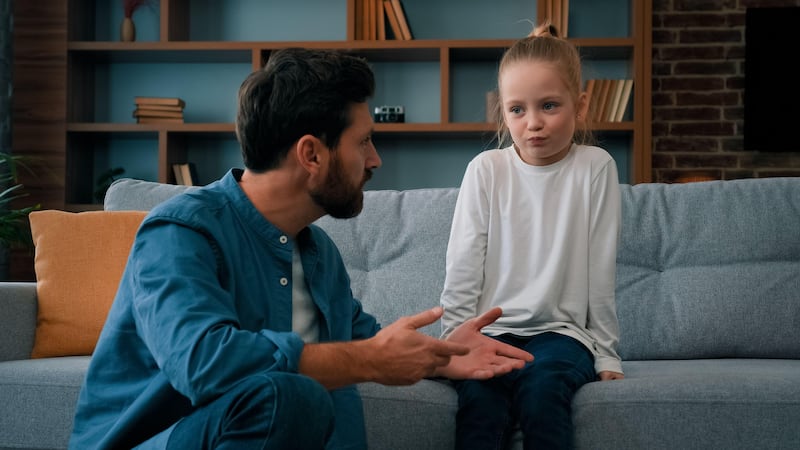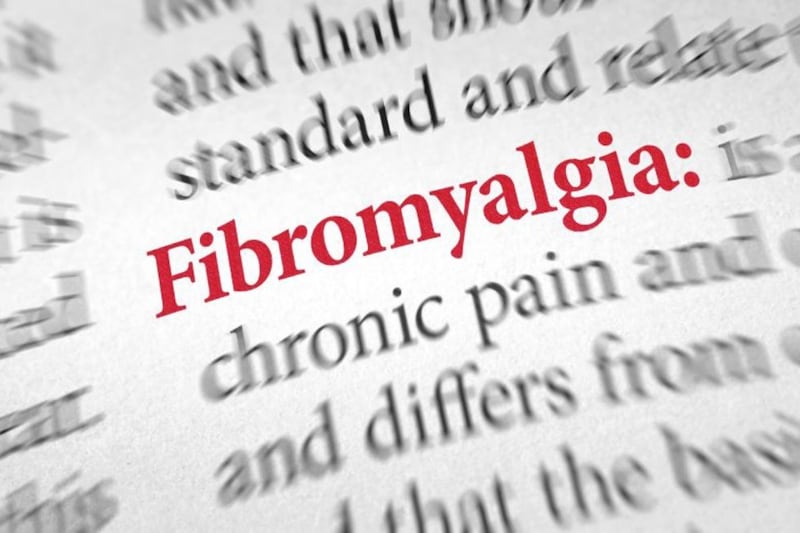NOTICED a post about a fibromyalgia petition doing the rounds on Facebook in recent weeks? If you have spotted it – but weren't sure what it was about – that might be because you're not very familiar with fibromyalgia.
It's only a little over two decades since the condition was officially recognised and awareness around it is still relatively low (on average, it takes 10 years for people to be diagnosed with it).
Symptoms can be vague and overlap with many other things – pain and fatigue are the main ones – but it's incurable and can be very debilitating.
And this is what that Facebook post is all about. Leeann and Adrienne Lakin, sisters who both suffer with the condition, launched a petition earlier this year in a bid to get parliament to change Britain's Equality Act 2010, so that fibromyalgia is listed as a full disability.
Since being hospitalised with the illness early last year, Derbyshire native Leeann (29) has been unable to work and needs help managing day-to-day life and looking after her two young daughters.
It's similar for Adrienne (24), who says: "This condition has changed my life. I used to be a fit, active young woman working three jobs and constantly on the go, to now where I can hardly do a simple task without the chronic pain, fatigue and the rest of the joys that come along with fibromyalgia."
They're not alone. Fibromyalgia affects around 4-5 per cent of the UK population. However, as Dr Kim Lawson, a senior lecturer in pharmacology at Sheffield Hallam University – who has specialist interest in the condition – points out, up to 80 per cent of people who have it probably haven't yet been formally diagnosed.
The condition is already mentioned in the Equality Act, but currently just as an 'impairment'. Getting this changed, as Leeann and fellow campaigners note, is not about benefits or financial gain, but would be a vital step in furthering awareness and understanding of fibromyalgia – which would hopefully help towards speedier diagnoses, plus better advice and access to support and treat those affected.
These things can be hit and miss, for a number of reasons. Dr Lawson notes that the symptoms – as well as generalised chronic pain and fatigue, things like brain fog, stiffness, digestive disturbances, anxiety and depression and mobility issues are common – can be vague and "complex", and "there isn't a simple diagnostic test; there's no blood test or X-rays, or anything like that."
And because it's an "invisible illness" too, meaning people with it can often 'look fine' on the outside, lack of understanding can be a huge source of frustration and distress. Symptoms sometimes get dismissed or misunderstood as being "in somebody's head".
Dr Kim agrees "recognition" is one of the major challenges of conditions like fibromyalgia. "It goes right across the board for people who have the condition; their direct relatives, their friends not recognising that they are ill, so the level or awareness in their direct lives is very low."
The fact there's no clear cause can play into this, but while there's still a long way to go in terms of unpicking the roots of fibromyalgia, there's research looking at genetic differences, and work's being done to better understand the brain pathway alterations thought to play a major role in the illness – basically, "rewiring" in the pain response pathways means people with the condition experience abnormal responses to stimuli.
While chronic, things like CBT to help develop coping strategies, being physically active and drug therapies to help address specific symptoms, can all help manage fibromyalgia.
Leeann and Adrienne have both had their homes adapted with 'grab rails', to help with things like using the bathroom and stairs, and they use mobility aids – though on really bad days, they won't be able to get out and about at all.
"It's time we made this 'invisible' illness seen, so people stand up and take notice," she adds. "Because for those of us who live with these conditions, it's our daily life, it never goes away."
:: To find out more, visit www.facebook.com/fibrogetintoparliamentmakeachange








